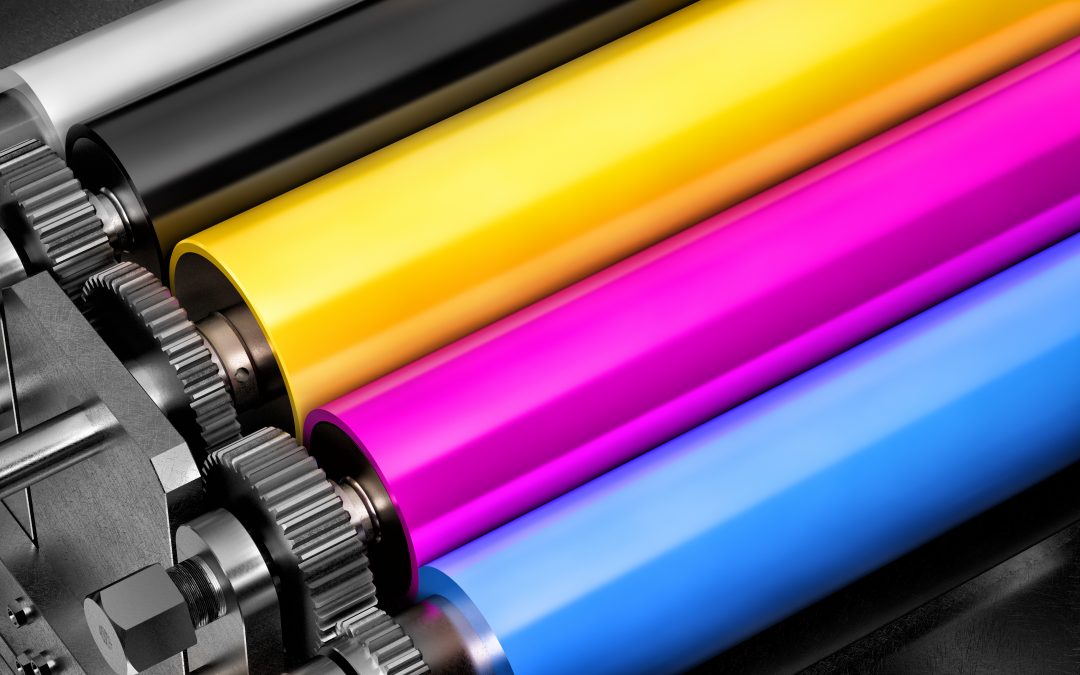Have you considered creating limited edition prints of your work? This method is a great tool for providing an alternative to purchasing originals. Furthermore it increases your stock whilst also creating a demand, as they are ‘limited’. Limited edition prints are when you produce a select number of prints, for example 30; they are then ‘limited’ because once sold they will not be available anymore. Here you’ll find a guide on tips for producing limited editions.
Printing
Two of the more popular types of ways to print limited editions are screen printing and giclée printing. There are other options available but these are the techniques used most. Consider which type of printing method you would like to use?
Screen printing is more labour intensive with colours showing more vividly, the process requires using a mesh screen to transfer a stencilled design onto a flat surface with ink.
Giclée printing is cheaper and it uses digital printing to produce quality copies of work. Digital printing is becoming increasingly popular due to prices and quick availability.
There are many art printing websites that you can Google to find the right service for you. It is also advisable to speak with fellow artists to find out which services they have used.
Authentication
When a buyer purchases your work, it gives them confidence if a certificate of authenticity is provided. It also makes you look more professional as an artist. This is not a requirement, but it is recommended that a certificate is designed by a printer or the artist to make the artwork a genuine piece. Another simple rule as an artist is to provide a signature on each limited edition print that is made.
Production
There is no set rule on the number of limited edition prints you can print-though take into consideration that they will be ‘limited’ so don’t go overboard with the amount. Remember the less there are in the print run the more valuable they will be (for example between 10-50), though this is advised for more professional artists as there is already a demand for their work. If you are an emerging artist it is recommended that you print between 100-300. Remember to take into consideration the type of surface you will be printing on including different paper thicknesses and finishes
Sizing
Take this into consideration carefully as once you have printed your limited editions you can not go back and do it all over again. You are creating a unique and limited demand for your art, buyers want to feel like they have purchased a special piece. If you are planning a print run of 100 limited edition prints, you may schedule in 50 editions of A4, 20 editions of A3, and 30 editions of A2 of the same artwork. Remember to number each one out of the total number you are producing eg. 56/100.5.
Pricing
Depending on whether you are emerging or a professional artist prices can differ. Though, as a general rule of thumb, your limited edition print pricing will be in relation to how you price your originals. It is advised that if you are selling original artwork for £500.00 then for a limited edition print you would charge around £50.00. If you are new to the market of selling art, it is advisable to start at reasonable prices to attract buyers, be realistic. If you are more experienced and have a decent client base then you can increase these prices. Some artists will even increase prices of their prints as they sell, because they are becoming more and more limited.

